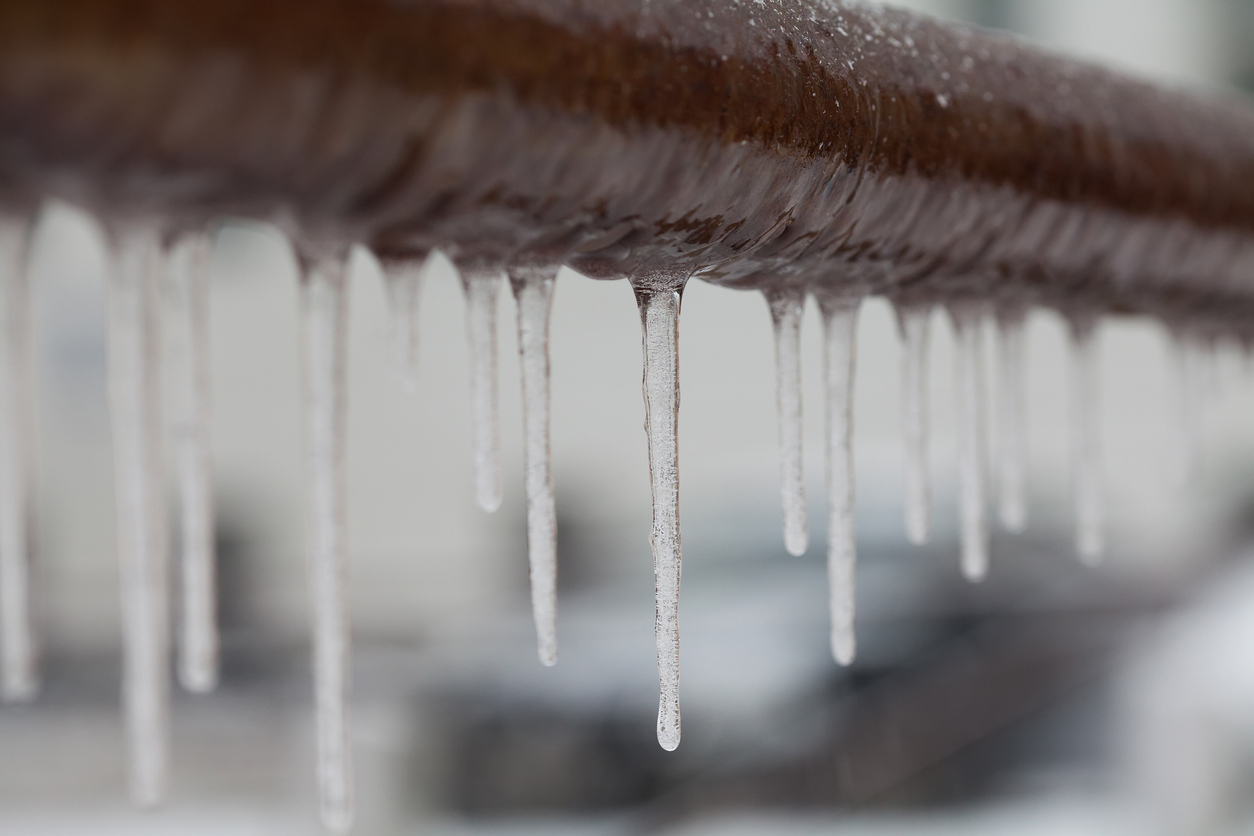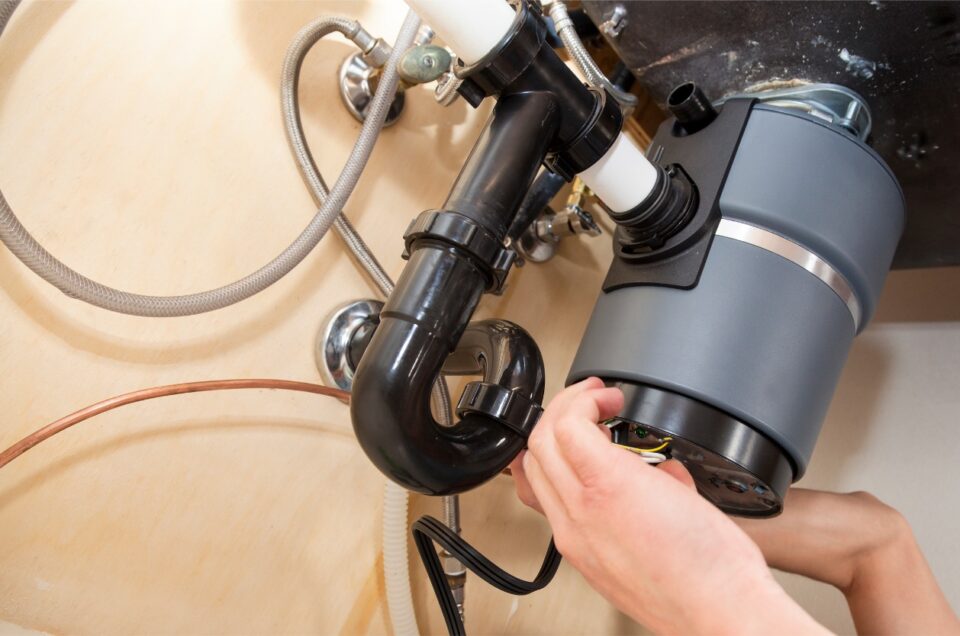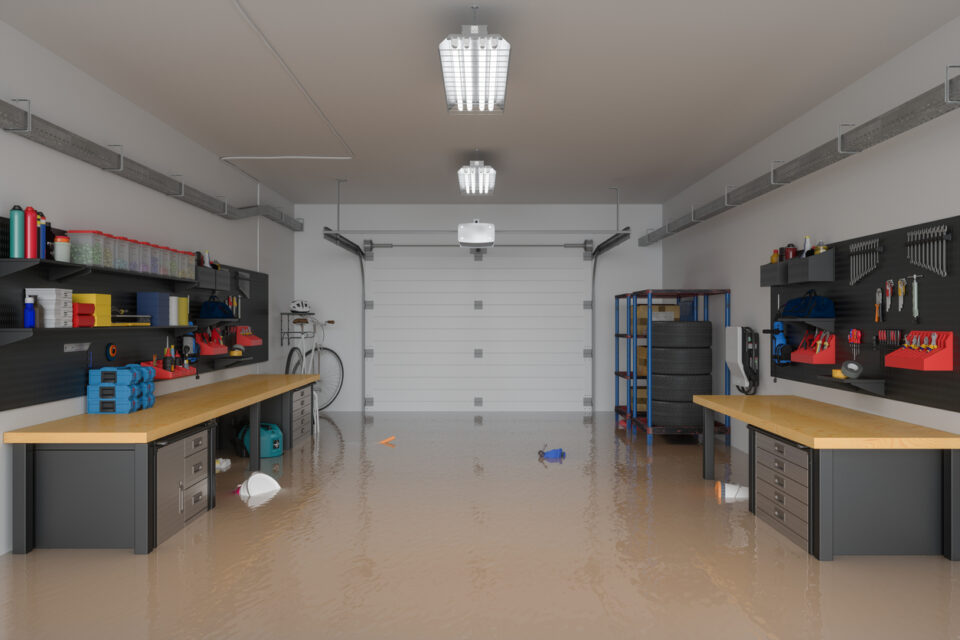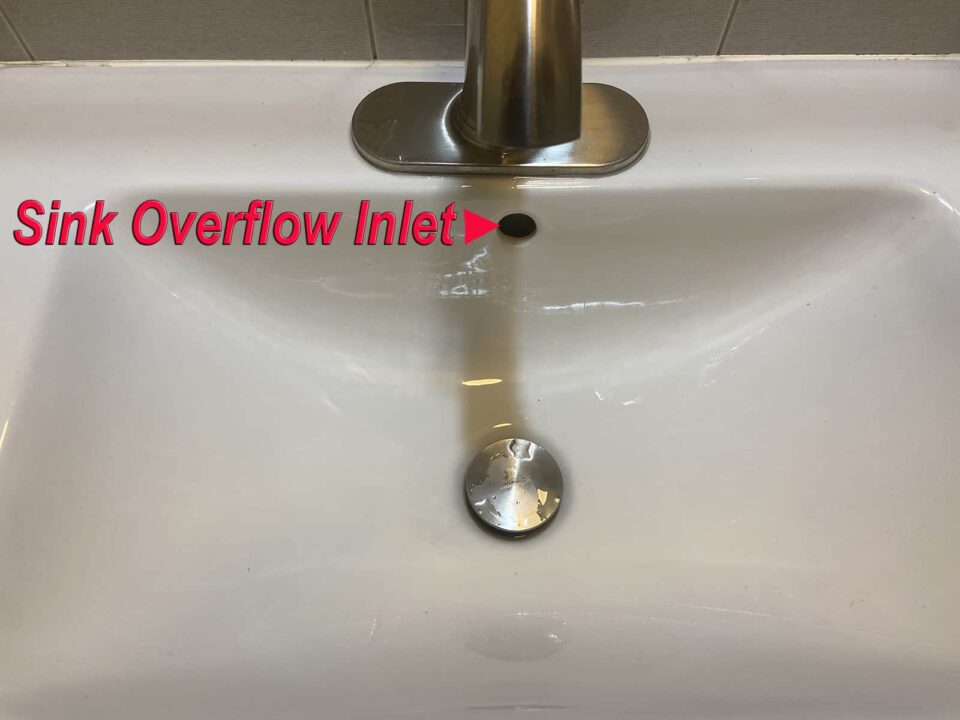Winter weather is upon us once again. With it comes the risk of frozen drain lines, frozen sewer pipes, and water pipes as well. To avoid a disaster caused by frozen drain pipes, it is best to take proactive steps to prevent them. Preventing frozen drain lines or frozen sewer pipes requires understanding how and why they happen and then taking steps to prevent them.
Many folks do not think that drain or sewer lines can freeze, but in fact, they certainly can. The signs you might have frozen drain pipes or that you might have a frozen sewer trap are unfortunately that your drain system stops functioning.
The Causes of Frozen Drain Pipes and Lines
What are the reasons why frozen drain pipes or frozen sewer lines happen? A main reason is a lack of insulation, or being exposed to the elements. If the pipe becomes exposed to cold outdoor temperatures, it will freeze and expand. This expansion can cause the pipe to crack and break, leading to costly repairs.
To prevent frozen drain pipes from happening, it is essential to insulate pipes in cold climates before winter arrives. You can do this by wrapping the pipes with insulation material or installing heat tape. In some cases, the cure can be as simple as closing open access pit covers.
Another cause of frozen drain lines or frozen sewer pipes is inadequate heat. The pipe that runs along an outside wall or in a basement might not be exposed to enough warmth from the home’s heating system. Make sure the pipe is properly insulated and that any heating vent in the area is operating correctly to prevent this.
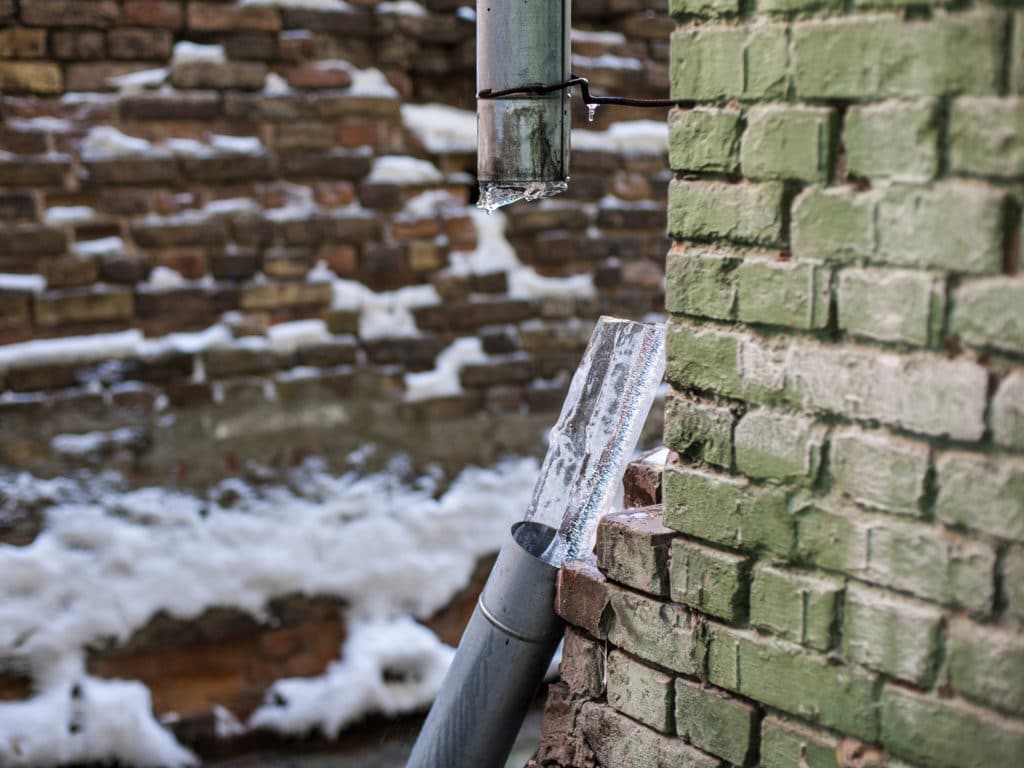
Finally, frozen drain lines or frozen sewer pipes can occur when there is a blockage in the line. Blockages can happen due to clogs, tree roots, or even foreign objects such as toys. To prevent a blockage from occurring in the first place, it is crucial to inspect the pipes regularly and have them cleared if necessary.
Sewer and drain traps are particularly prone to freezing, as the belly of the trap is designed to always hold water. Make sure to insulate and cover traps wherever they cannot be heated properly. Once a main house sewer trap freezes solid, your drain system will no longer function.
Frozen Drain Pipes or Sewer Pipes Can Lead to Property Damage and Expensive Repairs
When temperatures drop, the water inside the pipes of a home can freeze and cause blockages. This often occurs in unheated areas like an attic, crawl space, garage, or an outside wall. Frozen drain pipes can lead to expensive repairs due to the buildup of ice and water pressure within the pipes. Water can expand up to 10%, which puts enough pressure on the pipes to cause them to burst. Burst pipes can lead to flooding, as well as costly water damage.
Another consequence of frozen drain pipes is sewage backups. When sewer lines freeze, the blockage prevents wastewater from draining out of the home. This can lead to water and sewage backups in the pipes, as well as an unpleasant stench throughout the house. The buildup of waste can also cause property damage and the need for costly repairs.
Why Should You Prevent Frozen Drain Lines?
Frozen drain pipes can cause serious damage to your plumbing system, resulting in costly repairs and replacements. When water freezes within the pipes, it expands, causing the pipe to burst or crack. This can create a flood in your home, which can damage floors, walls, furniture, and other personal items.
If you have a frozen water line, you may also experience a loss of water pressure in your home. In extreme cases, frozen drain lines can cause sewage to back up into your home, creating an unsanitary and potentially dangerous environment.
For very little cost, you can prevent expensive repairs and restoration costs. Taking preventative measures such as insulating exposed pipes, sealing cracks and crevices, closing open access pits, and properly maintaining plumbing systems. These simple steps can help to avoid cold weather-related plumbing issues.
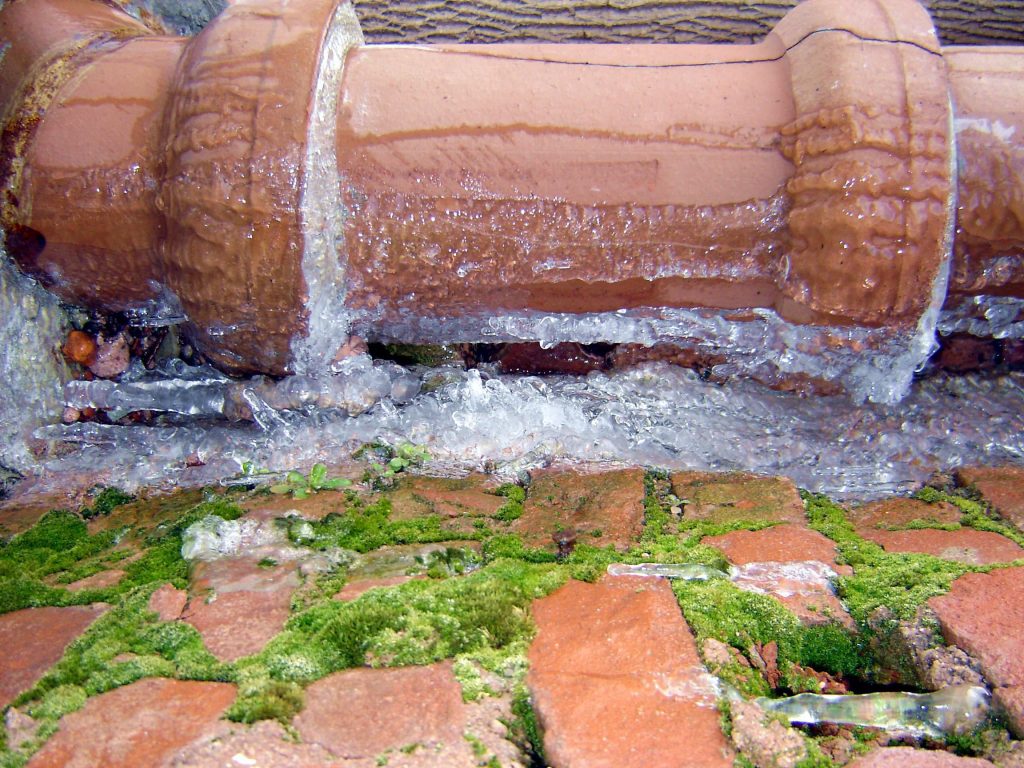
Identify Where Your Pipes are Located in Your Home
It is important to know the location of your home’s water pipes. The main water shut-off valve is usually located near the street. It is typically a round handle that needs to be turned to the right to turn off the water. If you cannot find it, check your local water department’s website or give them a call.
Once you find the main water shut-off valve, make sure everyone in your household knows where it is and how to turn it off. In the event of a pipe burst, time is of the essence, and being able to quickly shut off the water can minimize damage to your home.
If you cannot find the main shut-off valve, there may be another shut-off valve located inside your home, usually near the water heater or in the basement. Again, make sure everyone in your household knows its location and how to turn it off. Knowing the location of your home’s water pipes and being able to shut off the water can help prevent extensive damage in the event of a pipe burst.
Inspect Each Pipe for Cracks, Leaks, and Other Damage
It’s important to inspect your pipes regularly for cracks, leaks, and other damage. If you find any damage, repair it immediately to prevent further damage and costly repairs. Check both the interior and exterior of your pipes for damage. Look for cracks, holes, or leaks. Also, check for corrosion, rust, or other signs of wear and tear. If you find any damage, repair it immediately with a pipe repair kit. Pipe repair kits contain everything you need to fix small cracks and leaks.
Insulate Any Pipes That are Susceptible to Freezing
You should insulate pipes that are susceptible to freezing. This will help to prevent them from freezing and bursting. You can use a variety of insulation materials, and the type will depend on the particular application.
Some common insulation materials include fiberglass, styrofoam, and polyurethane. Try using using tape, brackets, or clamps to hold insulation in place. It is important to make sure that you apply the insulation properly to achieve the desired results. Improperly insulated pipes are more likely to freeze and burst, which can cause serious damage to your home.
As mentioned, burst pipes can lead to flooding and expensive repairs. In some cases, it may even be necessary to replace the entire piping system. As a result, it is important to take the time to insulate any pipes that are susceptible to freezing. Doing so will help to prevent costly damage and save you a lot of money in the long run.
Seal Off Any Openings Near the Pipes That Could Let in Cold Air
Check all the doors and windows in your home to make sure they close tightly, this includes your garage door. Fill any cracks or gaps around doors and windows with caulk or weather stripping to keep out drafts. Install storm doors and storm windows if you have them. This simple step will prevent both frozen drain pipes and water pipes as well.
If you don’t have storm doors or windows, consider hanging heavy-duty plastic sheeting over doors and windows. Also, check to see if your attic access panel is well insulated. If it isn’t, add insulation around the edges of the access panel to seal it off. Finally, take a look at your home’s crawl space.
Make sure there’s enough insulation between the floor joists and that the foundation vents are sealed off. By taking these simple steps, you can help keep your home warm and comfortable all winter long.
Run a Small Stream of Water Through the Faucets on the Coldest Days
On the coldest days of winter, it’s important to take steps to prevent your pipes from freezing. One simple way to do this is to run a small stream of water through your faucets. This will help keep the water moving and prevent it from freezing in one spot. You may also want to open up your cabinets and doors to allow warm air to circulate around your pipes.
Taking these simple steps can help you avoid costly repairs and keep your home running smoothly all winter long. If you experience a frozen pipe, turn on the faucet nearest to the frozen section and use a hairdryer to thaw it out. Thawing frozen pipes begins by heating the pipe as close to the faucet as possible.
Once you have thawed out the pipe, keep the faucet open until the full water pressure is restored. Doing this will help to prevent the pipe from freezing again. If you are unable to thaw out the pipe, you may need to call a professional for assistance to safely thaw the pipes in question.
What Should You Look for in a Drain and Plumbing Service?
When it comes to selecting a drain service, there are several factors to consider. You should take into account the company’s reputation, experience, and local presence. A reputable, experienced drain service will be familiar with winter weather conditions and the specific needs of your home or business. Additionally, they should be able to provide references from satisfied customers.
Finally, it is important to make sure that you choose a fully insured and licensed drain service. Doing so will help to protect you from liability in the event of any unexpected damage or injury that may occur while they are working in your home. By taking the time to research and choose a reliable, experienced drain service, you can help ensure that any issues you experience with your plumbing during the winter months are taken care of quickly and efficiently.
What Can You Expect From a Professional Plumbing and Drain Service?
When you hire a drain service, you should expect someone to stand behind their work and give helpful tips on DIY projects and prevention of sewer and drain pipe damage. The best services will be equipped with the latest technology and materials to keep your drains running smoothly and efficiently.
You should also expect the drain service to provide an inspection and cleaning of your sewer line, as well as a detailed report outlining any issues found during the inspection. A professional should also be able to provide timely, professional repairs if any issues are found. Finally, a good drain service will offer advice on how to maintain your pipes and drains so that you can avoid any future issues.
Wrapping Up Your Pipes Wraps Up The Problem
There are many DIY steps you can take to prevent frozen drain pipes, including proper insulation, sealing of cracks and crevices, and regular maintenance of plumbing systems. Typically, you do not need to call a professional to prevent frozen drain pipes. Taking the time to inspect and protect your pipes can save you from costly repairs down the road.
Don’t wait until it’s too late, take the necessary steps to prevent frozen drain lines this winter. By doing so, you can save yourself both time and money. If you’re still unsure, consult with a reputable drain service for assistance. With their help, you can ensure that your pipes stay flowing throughout the winter. Be proactive and start protecting your drains today!

